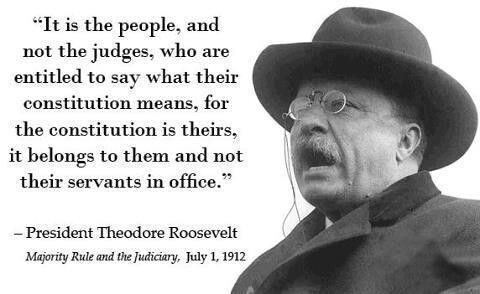I have not previously commented on social issues like abortion because they are so divisive in a world where national unity is a key element of strategic strength. Personally, I am a practicing Roman Catholic and am pro-life on the issue. However, as an attorney, it has been heartbreaking to see the division over this issue corrupt the judicial nominating process. The branch of the federal government once called “the least dangerous” now mirrors our divisions instead of healing them.
The Supreme Court’s Dobbs opinion feeds this polarization by punting a fundamental human rights issue to the vagaries of federal, state and local politics. It overrules Roe v. Wade on the theory that the right to an abortion and indeed, the question of when life begins, is not deeply rooted in the concept of American due process and human rights and thus protected by the 14th Amendment. The majority opinion rules it is thus “time to heed the Constitution” and return these issues to the states.
Herein lies the one concept on which pro-life and pro-choice activists can both oppose; namely, that the question of when human life is entitled to protection should be allowed to differ from state to state. This is a fundamental national value enumerated in the Declaration of Independence and protected by the due process clause of the Constitution. Instead, the definition of this right will now be subject to the whims of state legislatures, which can change the definition after each election. At the same time, pro-choice advocates are pushing a federal stature legalizing abortion nationwide even though it also could be repealed by a subsequent Congress. Many states will continue to offer liberal abortion services and structures are now being developed to allow women from anti-abortion states to travel to those states to obtain one. In the end, the rate of abortions may change little because of this opinion.
The Constitution provides a nationalist solution to this dangerous political chaos – a constitutional amendment creating a national standard. If the pro-life movement had put its energy since Roe into evangelizing for such an amendment instead of trying to reshape the courts, we might now have one that bans abortion nationwide. Conversely, the pro-choice movement also could propose a constitutional amendment overruling Dobbs and legalizing abortion nationwide. The adoption of either amendment would require supermajorities at both the federal and state levels. Thus, the eventual solution would have to be supported by a broad consensus achieved through an open democratic process rather than judicial fiat. Each would clearly involve a period of intense debate, but the eventual solution would have more legitimacy in the eyes of the American people.
As Theodore Roosevelt says above, the Constitution was designed to insure that, in the end, the American people always had the last word. The constitutional amendment process is an integral part of the checks-and-balances system designed to insure it reflects the fundamental values of the American people. It has been used several times in the past to overrule Supreme Court rulings. If the issue of abortion must be addressed through the democratic process as suggested by the Supreme Court’s opinion, the two sides should concentrate on building the support necessary to propose and adopt an amendment that reflects their position. This is the best way to achieve a resolution of the issue in a way that also preserves our unity in the long run.

